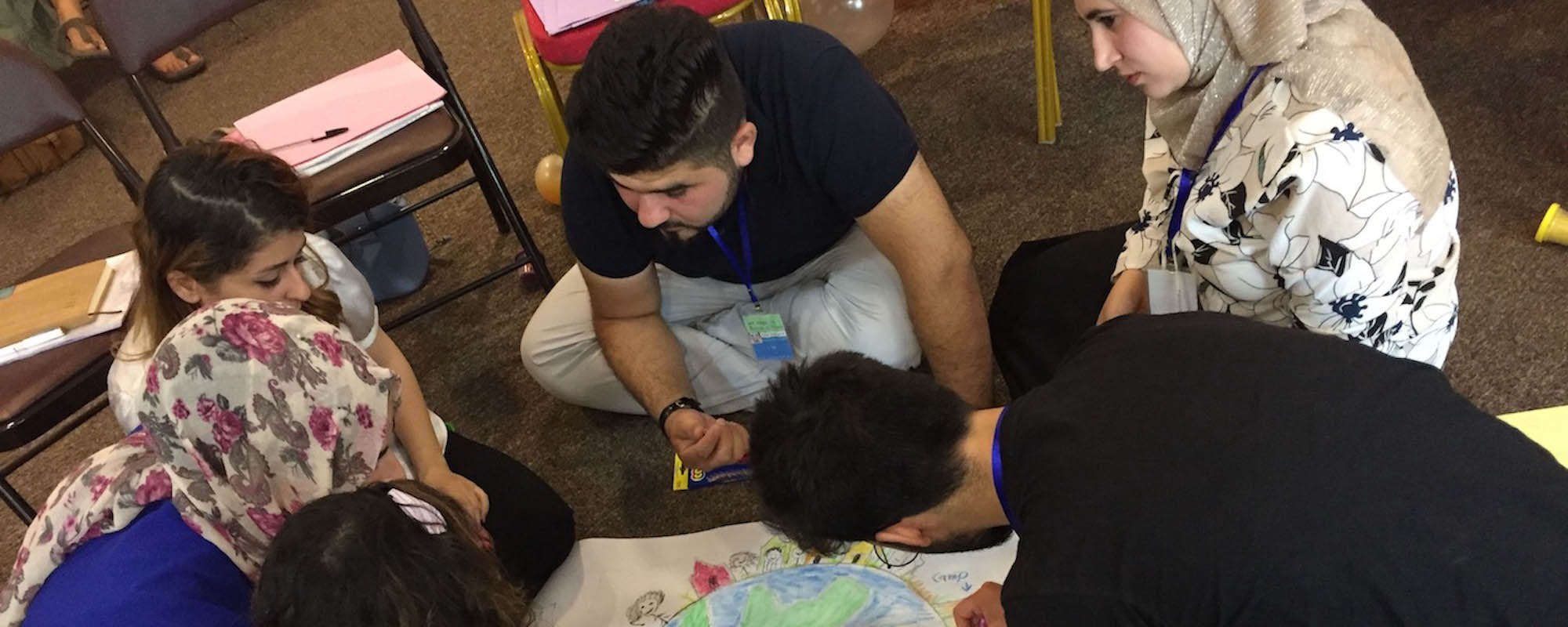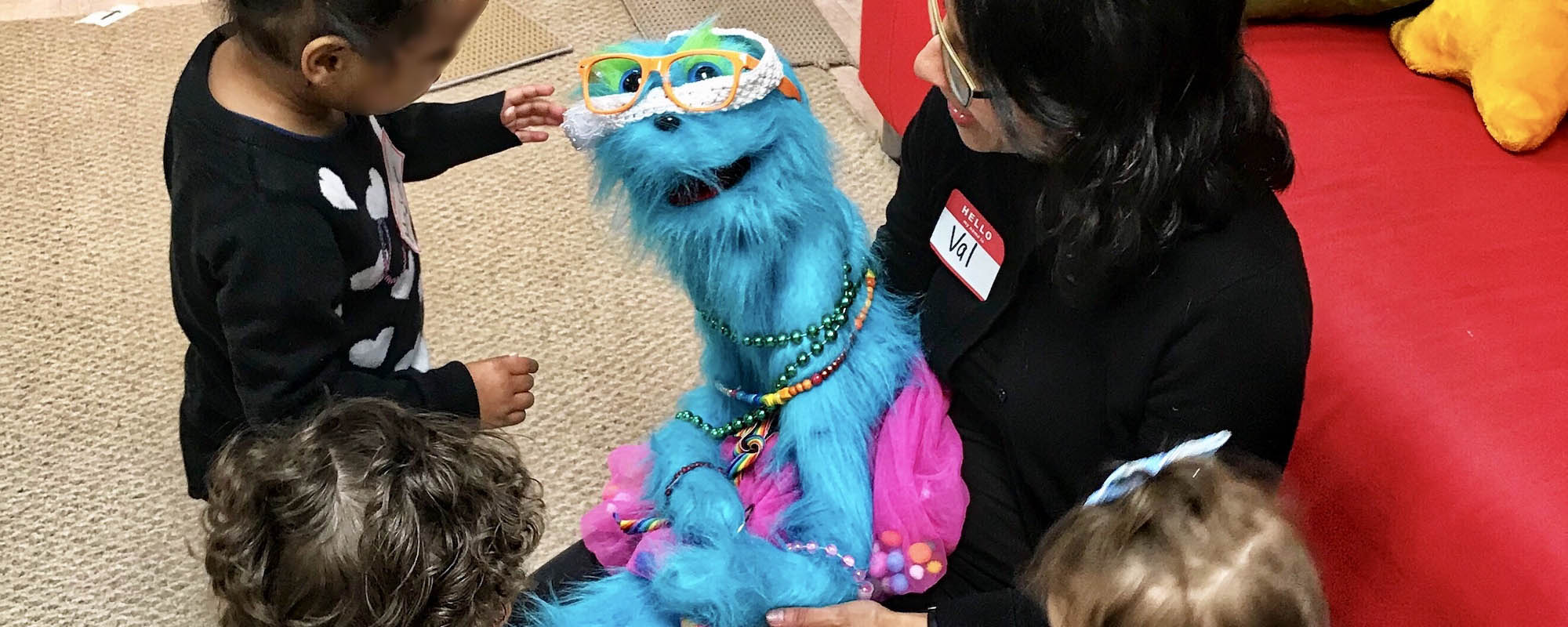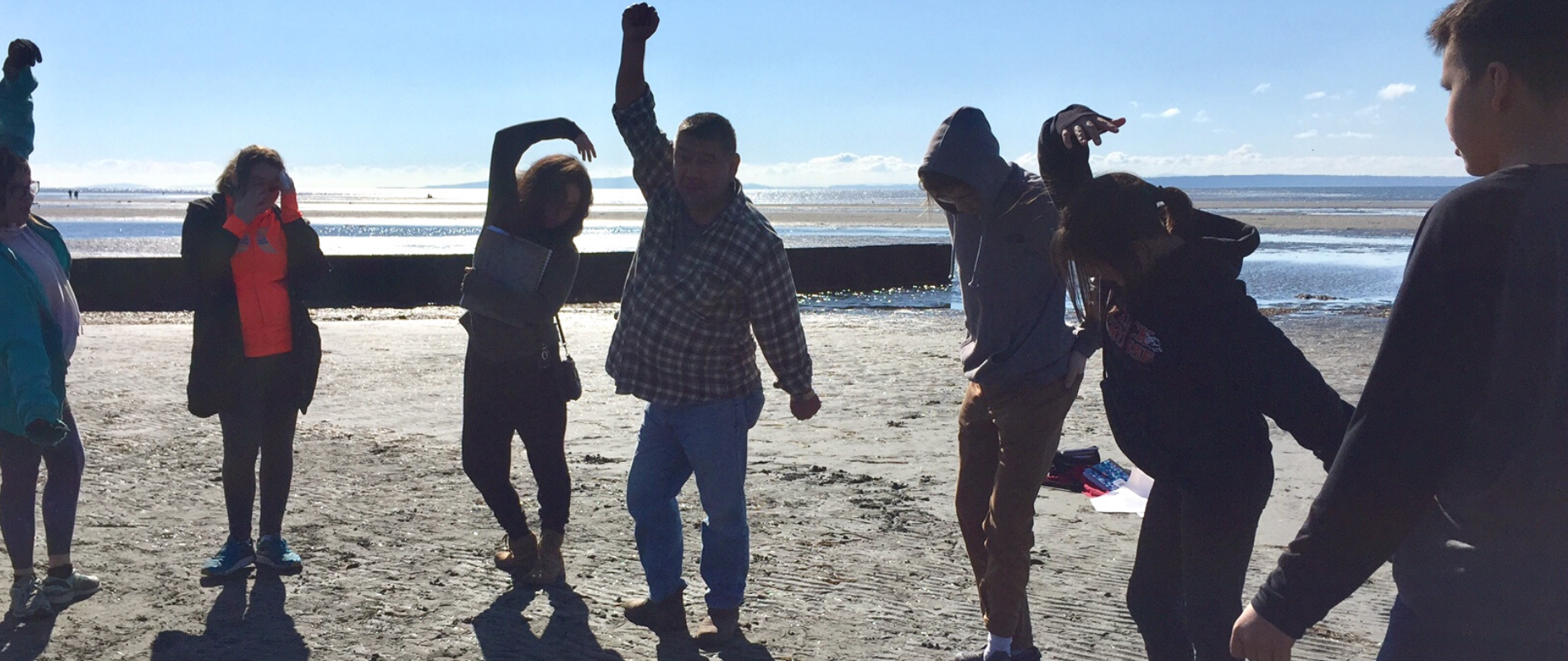The child’s right to be heard is, as yet, far from being fulfilled for the majority of children around the world. The aim of this handbook is to try to make easier the task of governments in moving that agenda forward. It seeks to demonstrate not only that it is eminently possible to fulfil the obligations associated with Article 12, but also that there are profound benefits associated with doing so. It provides an opportunity for governments to explore the potential for building on the experiences of other countries and regions in implementing Article 12.
It is aimed primarily at governments, national and local government officials, policy-makers and parliamentarians, although it will also be valuable for those advocating with governments. Article 12 extends to matters relating to health, education, child protection, child welfare, juvenile justice, planning, transport, economic development and social protection. Therefore, even though there may be a lead department focusing specifically on children, it is important that all relevant government departments make use of the guidance the handbook contains.
This resource guide is not a toolkit on how to engage with children and young people. There are many such resources available and the present publication does not seek to replicate them. Instead, details of the UNICEF Child and Youth Participation Resource Guide, which includes a broad range of publications providing detailed guidance on the practicalities of promoting child participation, have been included in the Appendix.






